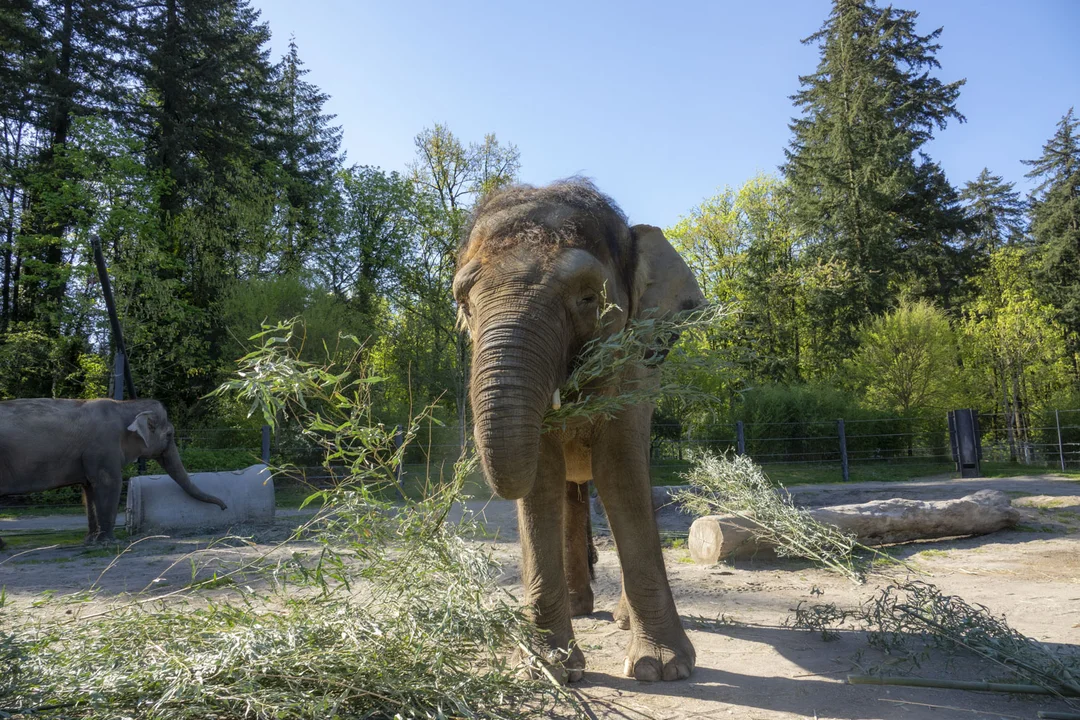
Chendra: The Last Bornean Elephant in North America at Oregon Zoo
In a world where wildlife preservation often battles against human encroachment, the story of Chendra, a lone Bornean elephant at the Oregon Zoo, stands as both a heartbreaking tale and a hopeful testament to conservation efforts. Chendra, who arrived at the Oregon Zoo in 1999, is not just any elephant; she is the only Bornean elephant in North America, representing the dwindling population of her species, which is now at severe risk of extinction.

Physically distinguishable by her smaller stature, short trunk, and large ears, Bornean elephants have evolved unique traits, such as long tails that can sometimes touch the ground. According to the World Wildlife Fund, these elephants are genetically separate from their mainland cousins, a distinction that became evident roughly 300,000 years ago. Sadly, only about 1,000 Bornean elephants remain in the wild today, primarily due to habitat loss from deforestation linked to logging and palm oil production.
Sharon Glaeser, who is the elephant conservation lead at the Oregon Zoo, shared insights on Chendra's journey during a recent interview. "The Oregon Zoo Elephant Program was known worldwide, and the Sabah Wildlife Department needed to find homes for orphaned baby elephants," she noted, explaining how the zoo became a refuge for Chendra after she was found orphaned with severe injuries.

This rescue underscores the ongoing efforts to address the threats Bornean elephants face. The Oregon Zoo is active in supporting two full-time elephant ranger positions with the Sabah Wildlife Rescue Unit and has partnered on projects aimed at creating habitats that help mitigate human-elephant conflicts. However, their efforts haven't been without criticism; animal rights group Free the Oregon Zoo Elephants has accused the zoo of mistreatment and aggressive breeding practices.
Nonetheless, Chendra’s life at the Oregon Zoo serves as a reminder of both the challenges and triumphs in the quest to conserve endangered species. As we delve deeper into her story, we are prompted to reflect: what can be done to ensure that this remarkable creature does not disappear from our planet?
We invite readers to share their thoughts on Chendra's story. How do you feel about conservation efforts for endangered species? Your comments could help keep this vital conversation alive.